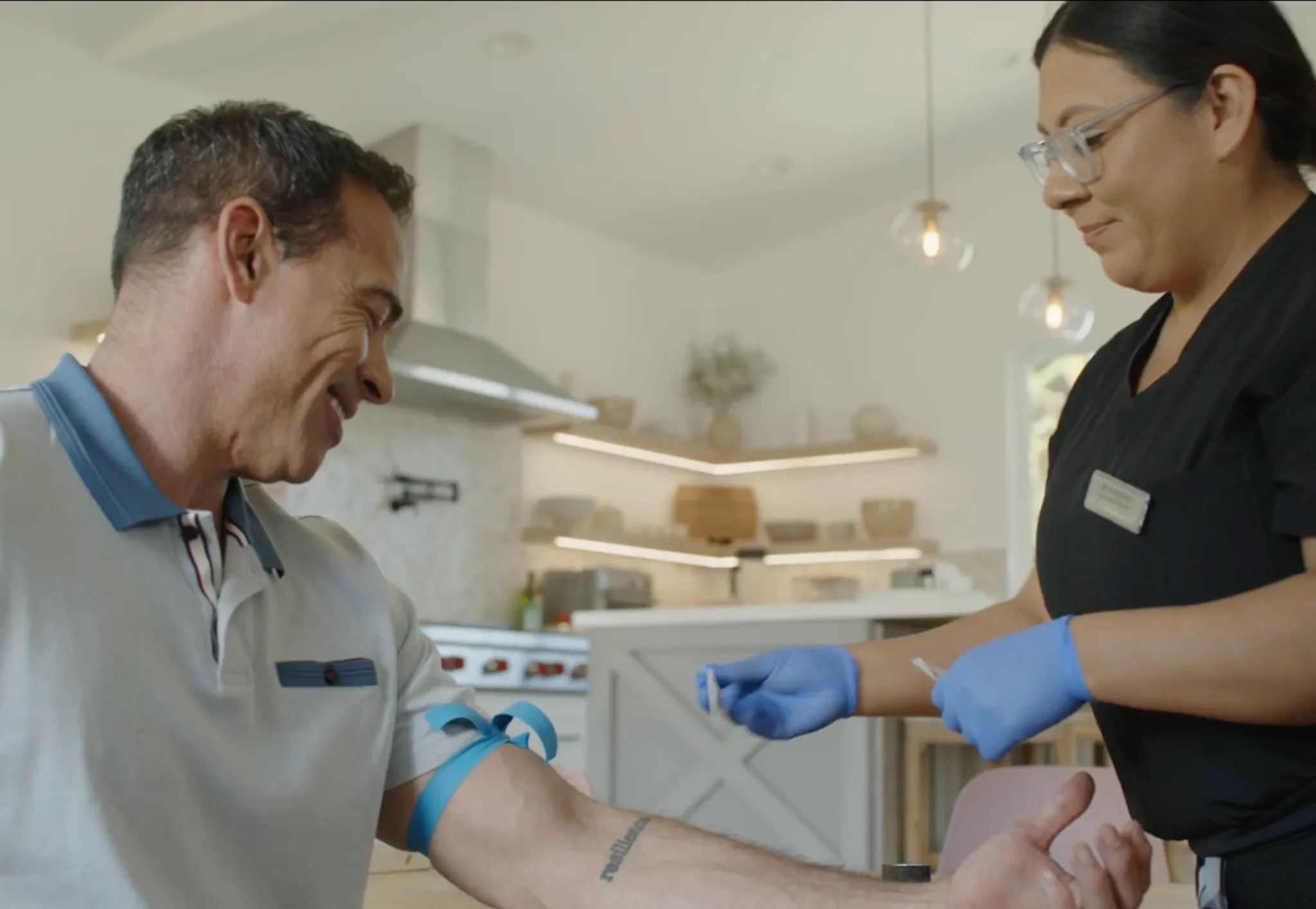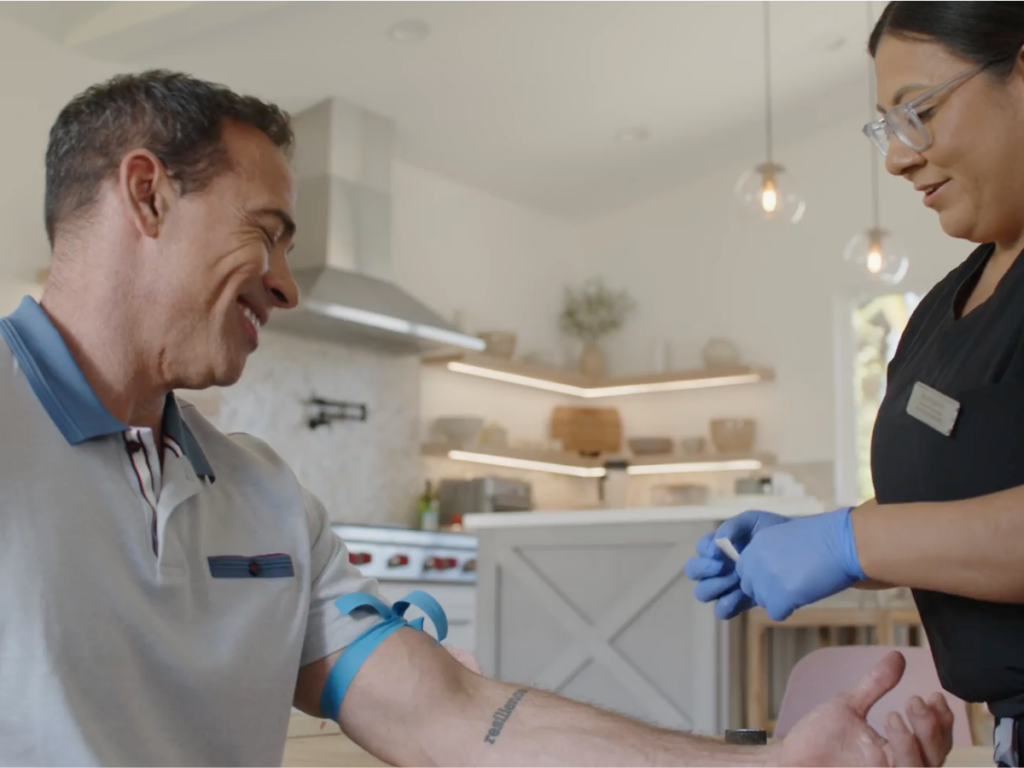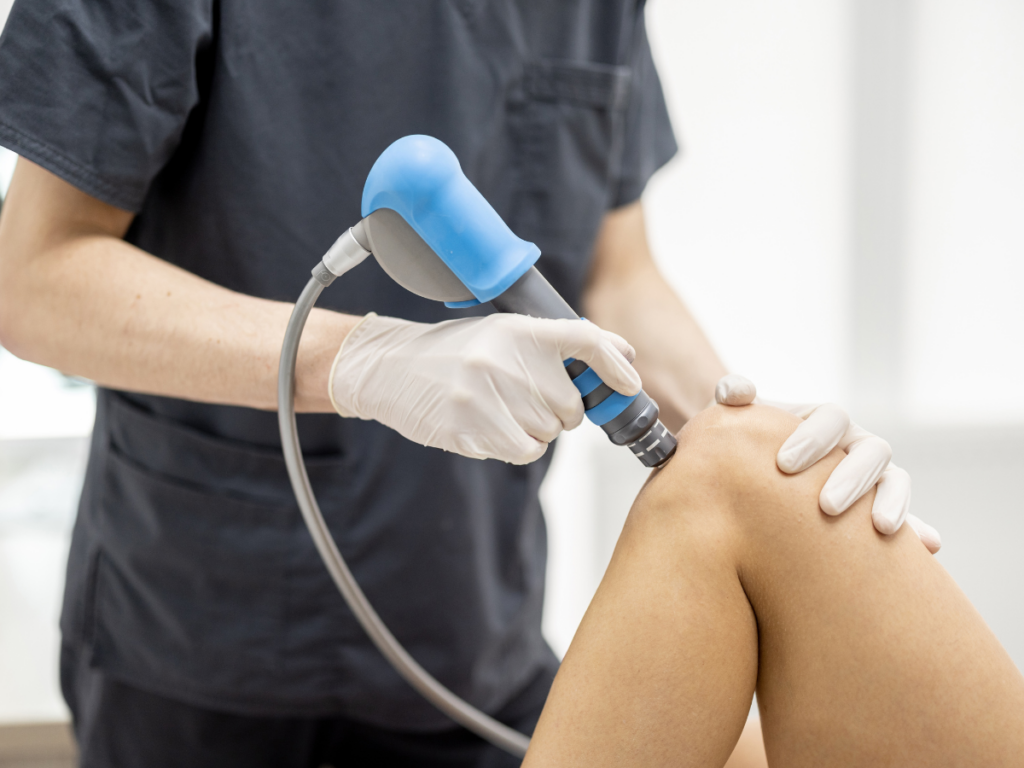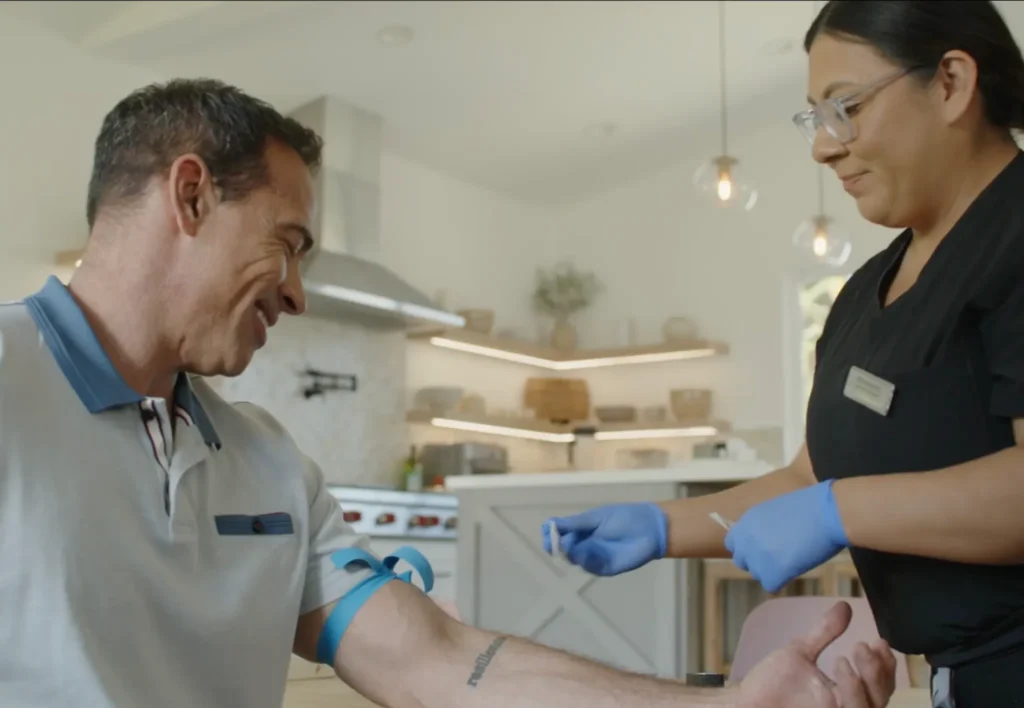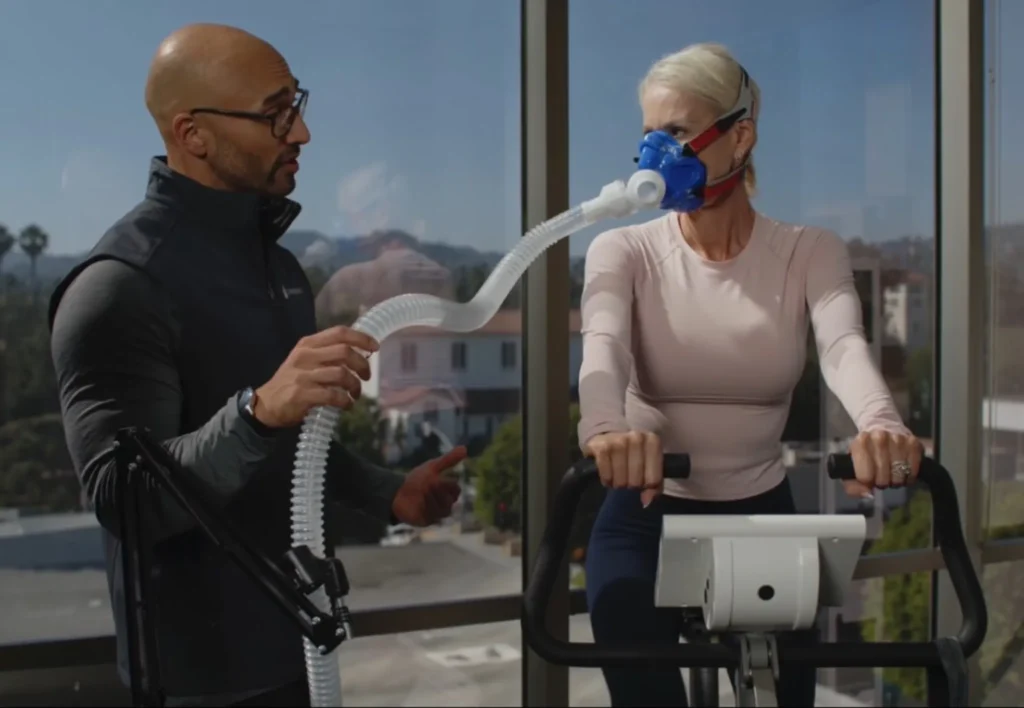One recent toxicology study detected microplastics in 100% of placenta samples tested (62 out of 62). That’s not just an environmental issue—it’s a personal one.
How Microplastics Enter the Body
- Drinking water – both bottled and tap
- Seafood – especially shellfish
- Packaging – plastic packaging in food and beverages
- Airborne dust particles – inhaled indoors and outdoors
- Personal care products – such as exfoliants and toothpaste
- Synthetic clothing – polyester and nylon shed plastic fibers through wear and washing
Larger plastics degrade over time into micro- and nanoplastics. Once in oceans or soils, they enter the food chain—starting with smaller animals and ending with us.
What Happens Once They’re Inside?
Emerging research links microplastic exposure to a growing list of health concerns:
- Inflammation and oxidative stress
- Hormonal disruption (endocrine interference)
- Gut microbiome imbalance
- Potential to cross the blood-brain barrier
- Accumulation in tissues, possibly contributing to chronic diseases
How to Reduce Your Exposure
While total avoidance is impossible, you can significantly cut your daily intake:
- Use a high-quality water filter (rated for microplastic removal)
- Avoid microwaving food in plastic containers
- Limit processed and pre-packaged foods
- Choose glass, ceramic, or stainless steel over plastic
- Wear and wash natural fiber clothing (cotton, linen, wool)
- Vacuum and dust your home regularly to minimize airborne particles
Need Guidance?
Microplastics are now part of our environment—but they don’t have to be part of your biology.
With small but strategic shifts in your daily routine, you can lower your body’s toxic burden and support long-term health and vitality.

